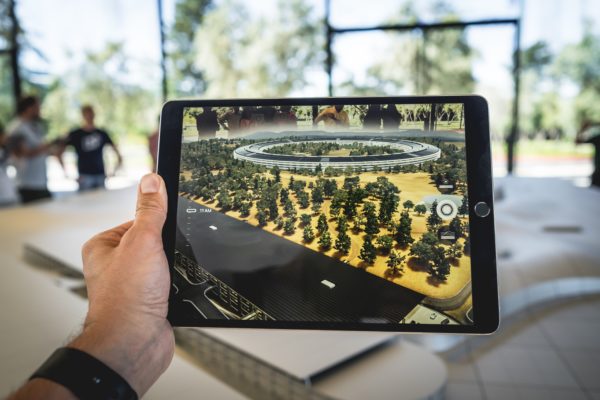Recycled denim could have surprising uses in health care, water filtration and battery technology, while addressing the global challenge of textile waste.
Pioneering textile recycling methods developed by scientists at Deakin University’s Institute for Frontier Materials could see our old jeans transformed into artificial cartilage for joint reconstruction.
Deakin scientists Dr Nolene Byrne and PhD candidate Beini Zeng have discovered how to dissolve denim and manipulate the remains into an aerogel – a low density material with a range of uses including cartilage bioscaffolding, water filtration and use as a separator in advanced battery technology.
Dr Byrne, who completed the ground-breaking work in a joint project with IFM and Deakin’s School of Engineering, said the process worked because denim was made from cotton, a natural polymer comprised of cellulose.
“Cellulose is a versatile renewable material, so we can use liquid solvents on waste denim to allow it to be dissolved and regenerated into an aerogel, or a variety of different forms,” she said.
[testimonial_text]Aerogels are a class of advanced materials with very low density, sometimes referred to as ‘frozen smoke’ or ‘solid smoke’, and because of this low density they make excellent materials for bioscaffolding, absorption or filtration. [/testimonial_text]
[testimonial_picture name=”Dr Nolene Byrne” details=”Institute for Frontier Materials”]
 [/testimonial_picture]
[/testimonial_picture]“When we reformed the cellulose, we got something we didn’t expect – an aerogel with a unique porous structure and nanoscopic tunnels running through the sample.”
Dr Byrne said she believed the sticky nature of the denim cellulose solution was likely responsible for the unique aerogel structure that resulted, something ideally suited for use as synthetic cartilage.
A sample of the denim-based aerogel.
“That’s exactly what cartilage looks like – you can’t 3D print that material – and now we can shape and tune the aerogel to manipulate the size and distribution of the tunnels to make the ideal shape,” she said.
IFM’s Dr Wren Greene, who assisted through testing the suitability of the aerogel materials as cartilage-like bioscaffolds, said the similarities were remarkable.
[testimonial_text]The remarkable similarity in the pore network structure of these aerogels and cartilage tissues – even down to the dimensions, orientations, and density distribution of pore channels – enables these materials to replicate a special type of ‘weeping’ lubrication mechanism used by cartilage to protect against wear and damage.[/testimonial_text]
[testimonial_picture name=”Dr Wren Greene” details=”Institute for Frontier Materials”]
 [/testimonial_picture]
[/testimonial_picture]Apart from its applications as a cartilage supplement, Dr Byrne said the denim recycling technique would also help contribute to the fight against textile waste.
“Textile waste is a global challenge with significant environmental implications, and we’ve been working for more than four years to address this problem with a viable textile recycling solution,” she said.
“With population growth and the development of third world countries combined with today’s rapid fashion cycles, textile waste is always increasing, leading to millions of tonnes of clothes and other textiles being burnt or dumped in landfill.”
Dr Byrne was last year part of an IFM team that developed a unique process to create ultrafine coloured particles from used textiles that can then be used as a dye while helping to reduce the huge environmental impact of denim production.
Main Photograph: PhD candidate Beini Zeng (left) and Dr Nolene Byrne with a sample of their groundbreaking denim-based aerogel.
Published by Deakin Research on 9 August 2018




